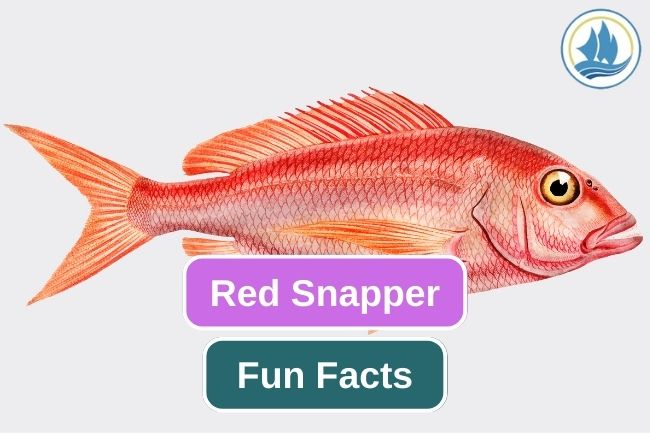10 Red Snapper Fun Facts You Should Know
By. Nevanda - 26 Apr 2023
kelolalaut.com - Red Snapper can grow to be very large, they are pink to light red in color when they are young, and as they mature they turn red over most of their body. The lower area of their body is pale-white in color. Red snapper in deeper waters tend to be redder than those caught in shallower waters. They have a long triangular face with the upper part sloping more strongly than the lower. Their jaws are equal, with the lower one sometimes slightly projecting. They have enlarged canine teeth, which is why they are called “snappers.”
The larval of red snapper swim freely within the water column. Their juveniles live in shallow waters over sandy or muddy bottom habitat. Adults live on the bottom, usually near hard structures on the continental shelf that have moderate to high relief (for example, coral reefs, artificial reefs, rocks, ledges, and caves), sloping soft-bottom areas, and limestone deposits.
Read also: This Is the Reason of Why Fish Do Migration
Here are some fun facts about red snapper:
1. Can Be Found in Western Ocean
Red snapper are found in the western Atlantic Ocean, from North Carolina to the Gulf of Mexico and southward to Brazil.
2. Bright Color
These fish have a distinctive bright red color on their skin and scales.
3. Long Lifespan
Red snapper can have relatively long lifespan, they can live up to 50 years old.
4. The Largest Red Snapper
The largest red snapper ever caught weighed 50 pounds and was caught off the coast of Louisiana.
Read also: Here Are 5 Potential Products From Fish Skin
5. Popular Food Fish
Red snapper are a popular food fish, and are prized for their firm, white flesh.
6. Ways to Fishing Red Snapper
These fish are often caught using rod and reel, but can also be caught using traps and longlines.
7. Favorite Game Fish
Red snapper are known for their strong, fighting behavior when hooked, which makes them a favorite among anglers.
8. Territorial Fish
They are known to be very territorial and will defend their territory from other fish.
9. Swimming Habits
Red snapper are known to swim in schools and will follow currents and structures like reefs, rocks, and shipwrecks.
10. Play Important Roles for The Marine Ecosystem
These fish are also an important part of the ecosystem, as they help control the population of smaller fish and invertebrates.
Read also: Here Is Fried Calamari Recipe To Try At Home
.jpg)
The Impact of HACCP-Based Integrated Quality Management Programs on the Quality and Competitiveness of Fresh Demersal Fish Products
 and Employee Productivity on the Demersal Fish Processing Floor.jpg)


.jpg)



